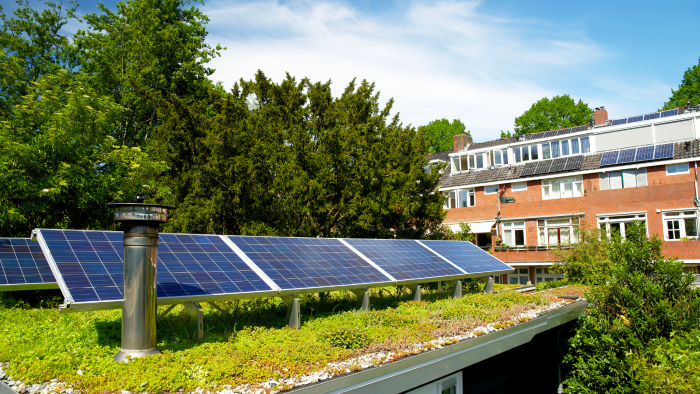As the impacts of climate change accelerate, investments in adaptation are becoming increasingly critical. The Adaptation Investment Landscape (AIL), was developed as part of the European CLIMATEFIT project to assess barriers, enablers, and best practices in adaptation financing. Using a structured methodology, including literature reviews, stakeholder interviews, and maturity assessments, the AIL analyzes adaptation finance progress across 20 territories in eight European countries. By integrating the perspectives of public authorities, financing entities, and international examples, the AIL highlights gaps and opportunities, informing strategies and actions to bridge the financing gap and strengthen climate resilience initiatives.
The AIL reveals significant challenges, including a lack of knowledge and capacity among public authorities to access innovative finance solutions, such as sustainability-linked loans. Additionally, the absence of suitable financial instruments, particularly for green and blue infrastructure projects with non-monetizable co-benefits, poses a significant obstacle. Collaboration between public authorities and credit providers and investors remains challenging due to differing interests and language, further complicating financing efforts.
Despite these hurdles, there are promising opportunities. The evolving landscape of European policies, such as the EU Adaptation Strategy and the EU Sustainable Finance Framework, creates an enabling environment for adaptation investments. Also, nature-based solutions are gaining traction as they combine ecological efficiency with economic viability, offering multiple co-benefits. Innovative financial mechanisms, including blended finance, are emerging as critical tools for mobilizing resources.
The AIL also highlights inspirational international practices, such as the Greenification Certificate system in Nagoya, Japan, which incentivizes urban greening through economic benefits; the Clean Water Partnership in Maryland, USA, a public-private partnership for water infrastructure management; and the Paris Climate Bonds, which effectively channel capital toward resilient projects. These examples showcase how innovative approaches can overcome financial barriers and unlock new opportunities for financial and investment entities.
Ultimately, the AIL underscores the need for co-designed investment strategies that blend public and private finance. Building local capacity and fostering dialogue between public authorities and investors are essential steps toward closing the adaptation finance gap. As climate change continues to present complex challenges, the AIL framework represents a vital step in driving systemic transformation. It encourages investments that protect ecosystems and communities while ensuring a more resilient future. A full report can be found on the CLIMATEFIT website.

The author
Julien Baudry is a Consultant in European project set-up and management at Euroquality.

